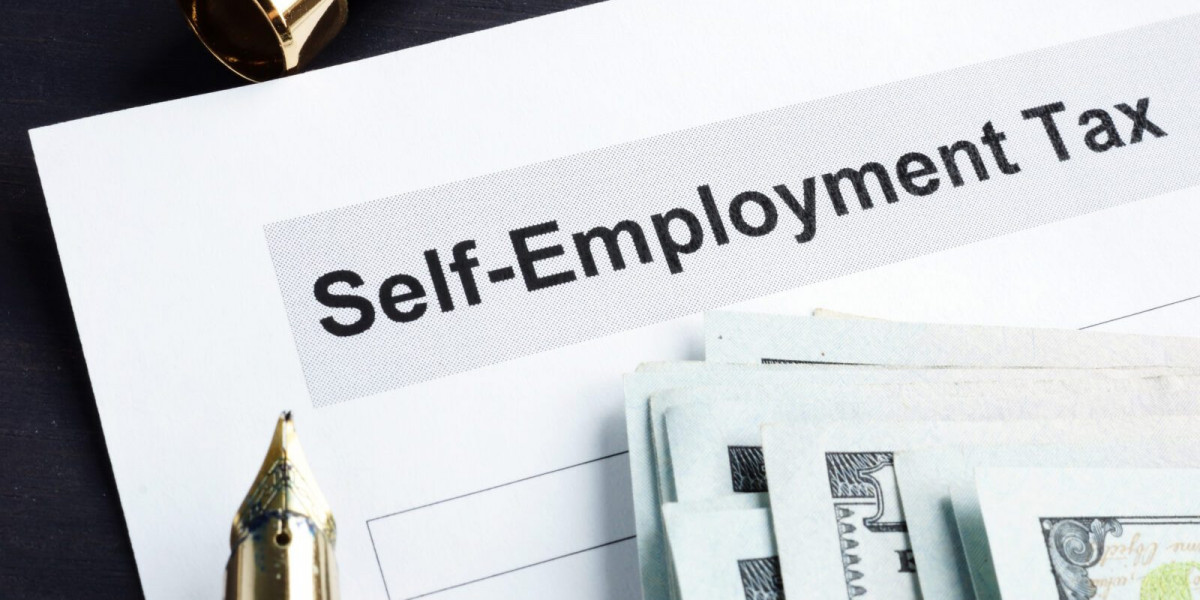Introduction
If you’re a freelancer, contractor, or small business owner, you’re your own boss—but that also means you’re responsible for your own taxes. One of the most important taxes you’ll encounter is the self employment tax. It often surprises new entrepreneurs who assume that income tax is all they need to worry about. However, understanding how self-employment tax works can save you from unexpected bills and penalties at the end of the year.
This guide breaks down everything you need to know about self-employment tax—what it is, how to calculate it, who needs to pay it, and how you can reduce it with proper planning.
What Is Self Employment Tax?
Self-employment tax refers to the taxes that self-employed individuals pay to fund Social Security and Medicare, just like regular employees do. The main difference is that employees share these costs with their employers, while self-employed people must pay the full amount themselves.
In the U.S., the self-employment tax rate is 15.3% of your net earnings:
12.4% for Social Security
2.9% for Medicare
For higher-income earners, there’s an additional 0.9% Medicare surtax on income above certain thresholds.
Who Needs to Pay Self Employment Tax?
You must pay self-employment tax if:
You earn $400 or more in net earnings from self-employment during the year.
You work as a freelancer, independent contractor, or small business owner.
You receive income from side gigs, consulting, or online businesses.
Even if you have a regular job but earn money through a side hustle, you’ll still need to pay self-employment tax on your extra income.
How to Calculate Self Employment Tax
The IRS provides Schedule SE (Form 1040) to calculate your self-employment tax. Here’s a simplified example:
Determine your net income:
Subtract all business expenses from your gross income.
Example: If you earned $60,000 and had $10,000 in expenses, your net income is $50,000.Apply the self-employment tax rate:
Multiply your net income by 92.35% (the IRS allows a small deduction to account for the employer portion).$50,000 × 92.35% = $46,175
$46,175 × 15.3% = $7,065.78 self-employment tax
Deduct half on your income tax return:
You can deduct half of your self-employment tax as an adjustment to income, reducing your taxable income.
How to Pay Self Employment Tax
Unlike employees who have taxes automatically withheld from their paychecks, self-employed individuals must handle payments themselves. This is done through:
Quarterly Estimated Tax Payments:
You should pay estimated taxes four times a year (April, June, September, and January) using Form 1040-ES.Annual Filing:
When filing your Form 1040, you’ll also include Schedule C (Profit or Loss from Business) and Schedule SE to report your earnings and calculate your self-employment tax.
Staying consistent with quarterly payments prevents underpayment penalties and large year-end tax bills.
Common Deductions to Lower Self Employment Tax
While you can’t avoid self-employment tax entirely, you can reduce it by claiming business deductions. These reduce your net income, which is the base for calculating the tax.
Here are some major deductions to consider:
Home Office Deduction:
If you use part of your home exclusively for business, you can deduct related expenses like rent, utilities, and maintenance.Business Equipment & Supplies:
Laptops, printers, phones, and office supplies are all deductible if used for work.Internet and Phone Bills:
You can deduct the percentage of your internet and phone usage that’s work-related.Vehicle Expenses:
If you use your car for business, track your mileage and expenses. You can use the standard mileage rate or actual expense method.Health Insurance Premiums:
Self-employed individuals can often deduct the cost of health insurance premiums for themselves and their families.Retirement Contributions:
Contributing to a SEP IRA or Solo 401(k) reduces taxable income and helps you save for retirement.Professional Services:
Fees paid to accountants, consultants, or tax preparers are deductible business expenses.
Tips to Manage Self Employment Tax Efficiently
Keep Detailed Records:
Maintain organized records of all income and expenses. Using accounting software like QuickBooks or FreshBooks can save time and reduce mistakes.Set Aside Tax Money Monthly:
A smart rule is to save around 25–30% of your income for taxes so you’re never caught off guard.Hire a CPA or Tax Professional:
Tax experts can help you maximize deductions and ensure you stay compliant with IRS rules.Plan for Retirement:
Setting up a retirement account not only builds future security but also lowers your taxable income.Use Business Bank Accounts:
Keeping separate accounts for business and personal finances simplifies recordkeeping and makes audits less stressful.
Difference Between Income Tax and Self Employment Tax
Many people confuse income tax with self-employment tax, but they’re not the same.
Income Tax: Based on your total taxable income after deductions and credits.
Self Employment Tax: Specifically funds Social Security and Medicare.
Both must be paid, but self-employment tax is unique to those who work for themselves.
Why Self Employment Tax Matters
Paying self-employment tax is not just a legal requirement—it ensures your eligibility for Social Security benefits, including retirement income, disability benefits, and Medicare coverage.
In other words, it’s an investment in your future. Paying it on time ensures you receive these benefits when you retire or face health issues.
Conclusion
Self-employment offers freedom, flexibility, and financial independence—but it also brings responsibility. Understanding self-employment tax is crucial for managing your money wisely, staying compliant with IRS rules, and avoiding costly surprises.
By tracking your income carefully, claiming legitimate deductions, and paying taxes quarterly, you can stay ahead of the game. And if it feels overwhelming, working with a trusted tax professional can make the process smooth and stress-free.
Whether you’re a freelancer, consultant, or small business owner, knowing how to handle your self-employment tax is a key step toward sustainable financial success.







